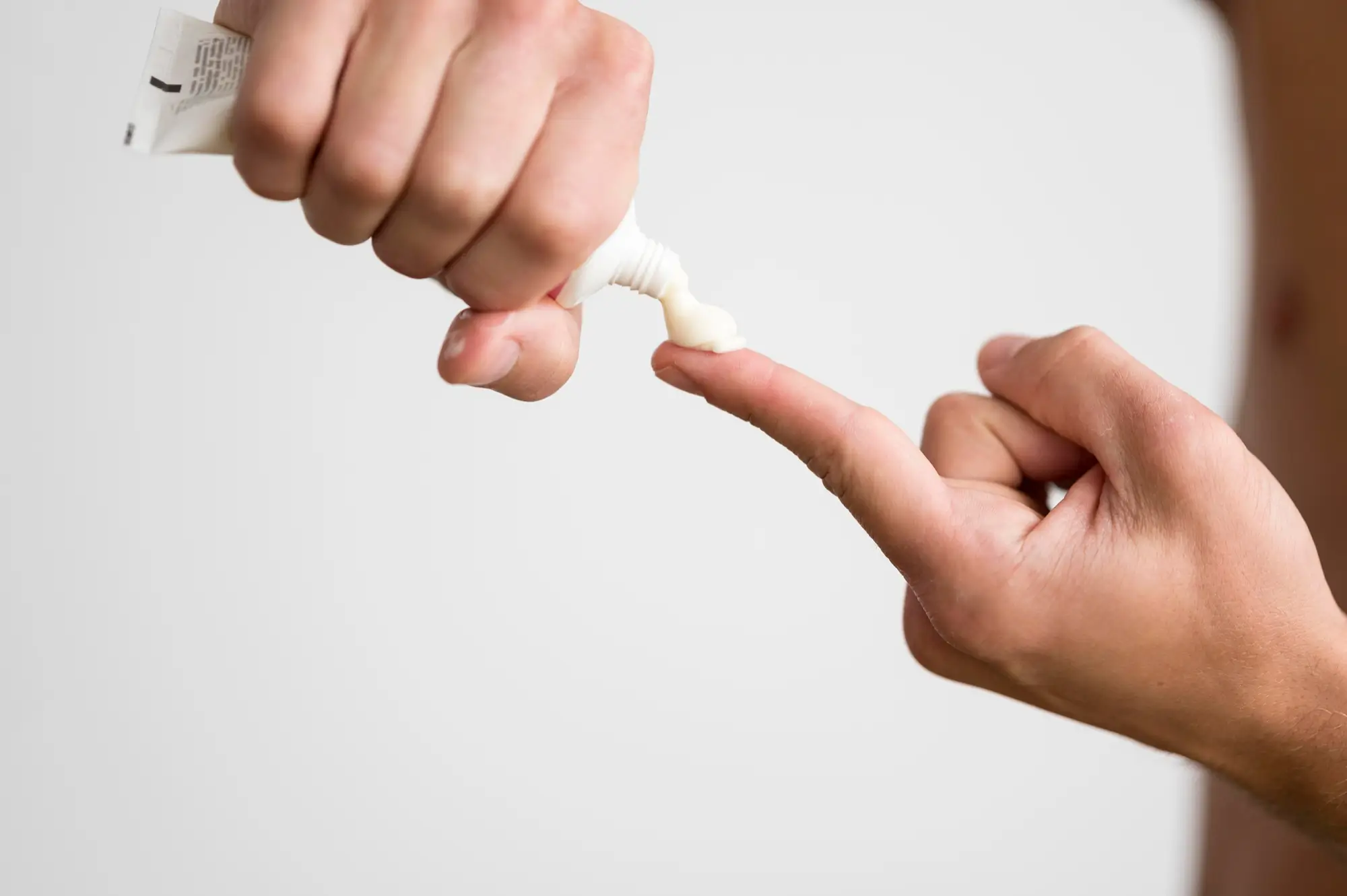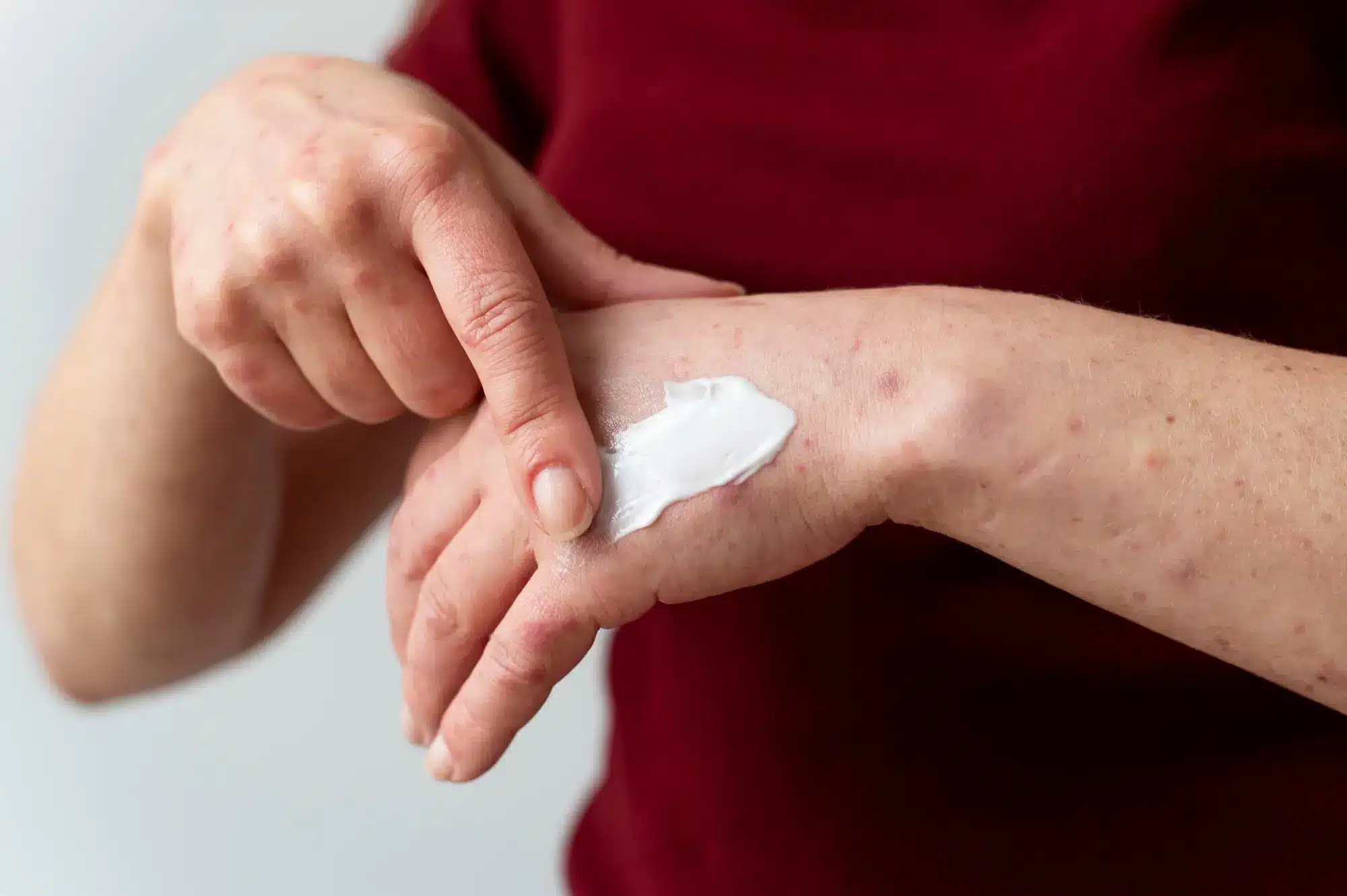
Topical anesthetics are indispensable tools in minor surgical and dermatologic procedures, offering effective pain relief while minimizing patient discomfort. Among the most widely used formulations in clinical practice are EMLA cream—a eutectic mixture of lidocaine and prilocaine—and LET solution, which combines lidocaine, epinephrine, and tetracaine.
EMLA is a long-standing choice in outpatient and dermatologic care, valued for its effectiveness on intact skin. LET, on the other hand, is frequently favored in emergency settings for its faster onset (typically 20–30 minutes) and built-in hemostatic action via epinephrine-induced vasoconstriction—making it ideal for pediatric laceration repair and time-sensitive cases.
In this article, we compare EMLA vs LET in terms of clinical effectiveness, safety, cost, and practical application, offering healthcare providers a comprehensive look at when and how to choose the right anesthetic.
Key Takeaways
- EMLA cream has a longer onset time (45–60 minutes) but provides extended anesthetic duration (1–2 hours), making it ideal for dermatologic and aesthetic procedures on intact skin.
- LET solution acts faster (5–20 minutes) and offers shorter pain relief (20–30 minutes), making it suitable for emergency wound care, especially in pediatric lacerations.
- Occlusion is necessary for optimal EMLA absorption, while LET can be applied directly to open wounds without covering.
- EMLA carries a risk of methemoglobinemia in infants and should be avoided in patients with G6PD deficiency.
- LET is contraindicated on end-arterial areas like fingers and genitals due to vasoconstriction from epinephrine.
- LET is typically compounded and more affordable but requires refrigeration. EMLA is more commercially accessible and shelf-stable.
About: Doctor Medica is your trusted supplier of top-quality dermal fillers, viscosupplements, and more for your medical practice. We offer genuine products from leading brands at the lowest prices. Contact the Doctor Medica today if you want to order EMLA Cream online for your practice.
Comparative Analysis of Onset and Duration of Action

LET solution generally begins acting within 5 to 20 minutes, making it highly suitable for fast-paced environments like emergency departments. In contrast, EMLA cream requires approximately 45 to 60 minutes under occlusion to reach peak anesthetic effect. This disparity stems from their differing formulations—LET includes epinephrine, which promotes faster absorption and vasoconstriction, while EMLA’s eutectic blend of lidocaine and prilocaine enables deep dermal penetration but results in slower onset.
In terms of duration, EMLA offers a longer-lasting effect of 1 to 2 hours, well-suited for extended dermatologic or cosmetic procedures. LET, with its 20 to 30-minute window, is ideal for brief interventions like suturing superficial wounds.
| Property | EMLA Cream | LET Solution |
| Onset Time | 45–60 min | 5–20 min |
| Duration | 1–2 hours | 20–30 min |
| Occlusion Required | Yes | Optional |
| Best Use Case | Laser/derm procedures | Emergency wound repair |
Pain Reduction Efficacy in Dermatological Procedures
Clinical data validates the effectiveness of both agents, but context matters.
- EMLA excels in dermatologic procedures such as laser resurfacing, biopsies, and microneedling, where its longer anesthetic window is beneficial.
- LET, due to its brief action and vasoconstrictive effect, is not typically recommended for elective dermal procedures—it may cause blanching or tissue irritation, especially in sensitive cosmetic zones.
Clinical Trials and Evidence-Based Comparisons
Several comparative studies and meta-analyses have evaluated EMLA and LET in various procedural contexts:
- A review of emergency care trials showed that LET provided comparable or superior pain control in pediatric laceration repairs, with faster onset and greater ease of application.
- EMLA consistently outperforms non-open skin procedures, such as wart removal or laser treatments, due to its deeper dermal penetration and sustained action.
These findings underscore the importance of matching the anesthetic to the procedure type and duration.
Safety Profiles and Adverse Reaction Considerations

Both agents are generally well tolerated, but they present different risks depending on patient age, anatomical site, and method of use.
Common Side Effects
- EMLA: Mild skin blanching, redness, or swelling; rare cases of methemoglobinemia, especially in infants or patients with G6PD deficiency.
- LET: May cause tissue blanching, burning sensation, or localized ischemia, particularly when applied excessively or on end-arterial sites.
Contraindications
- EMLA should be avoided in neonates with a risk of methemoglobinemia and used cautiously in infants under 3 months.
- LET is contraindicated on fingers, toes, nose, ears, or genitalia due to epinephrine-induced vasoconstriction, which increases the risk of ischemic injury.
Cost-Effectiveness and Practical Application
- EMLA cream is commercially available in branded and generic forms, but it tends to be costlier per unit and is better suited for outpatient dermatology or aesthetics. It is stable at room temperature and easy to store, offering good shelf life.
- LET, often compounded in pharmacies or emergency departments, is more affordable per dose and rapidly prepared, but may require refrigeration and has a shorter shelf life.
Clinicians should also be aware of how to use EMLA cream properly—this includes ensuring correct dosage, duration under occlusion, and appropriate patient education to maximize safety and effectiveness.
Conclusion
Both EMLA cream and LET solution offer reliable, targeted pain relief, but their clinical roles differ significantly. LET’s rapid onset and hemostatic properties make it ideal for emergency wound management, while EMLA’s slower but sustained action makes it preferable for cosmetic dermatology and elective procedures on intact skin.
Ultimately, the choice depends on procedure type, timing constraints, patient factors, and safety considerations. Understanding each product’s strengths helps clinicians deliver efficient, patient-centered care.
FAQs
1. Is EMLA better than LET for kids?
Practitioners usually prefer LET in pediatric emergency settings due to its faster onset and effectiveness on open wounds. However, they may still use EMLA for planned skin procedures.
2. How do I use EMLA cream properly?
Apply a thick layer on intact skin, cover with an occlusive dressing, and wait at least 45–60 minutes.
3. Can I use LET on intact skin?
Experts do not recommend LET for intact skin because it does not penetrate as deeply as EMLA. It works best on open wounds or lacerations.
4. Are there any serious side effects?
Both EMLA and LET are generally safe. Rare risks include methemoglobinemia with EMLA and ischemia from LET if used on end-arterial sites like fingers or toes.
5. What are the common side effects of EMLA and LET?
Common side effects include redness, swelling, or itching for EMLA, and localized vasoconstriction or stinging for LET.
6. Can EMLA be used on broken skin?
EMLA should not be applied to broken skin due to increased absorption risks.
References
Zaki HA, Elarref MA, Iftikhar H, et al. Efficacy of Emla (Eutectic Mixture of Local Anaesthetics) and Let (Lidocaine, Epinephrine, Tetracaine) for Topical Use in Wound Management for Children: A Systematic Review and Meta-Analysis. Cureus. 2022;14(11):e31447. Published 2022 Nov 13. doi:10.7759/cureus.31447
Junputipong N, Rojhirunsakool S, Deewongkij P, Kamanamool N, Udompataikul M. Comparison of the onset, depth, and duration of cutaneous anesthesia between topical 10% lidocaine and EMLA creams: a randomized, intraindividual, comparative trial. J Dermatolog Treat. 2022;33(7):3047-3052. doi:10.1080/09546634.2022.2109566
Singer AJ, Stark MJ. LET versus EMLA for pretreating lacerations: a randomized trial. Acad Emerg Med. 2001;8(3):223-230. doi:10.1111/j.1553-2712.2001.tb01297.x
Related Articles
Joanna Carr
Botulax vs Meditoxin – Everything You Need to Know
Compare Botulax vs Meditoxin in terms of onset, duration, and clinical performance. Discover which treatment best suits your aesthetic goals.
Joanna Carr
Wegovy Meal Plan – What to Eat?
A balanced diet is crucial for complementing the effects of Wegovy and maximizing weight loss. Read more in this article.
Joanna Carr
Neuramis Filler For Lips – Plump and Enhance
Enhance your lips with Neuramis filler. Discover how this treatment adds volume, smooths lines, and achieves natural, long-lasting lip plumping result...


